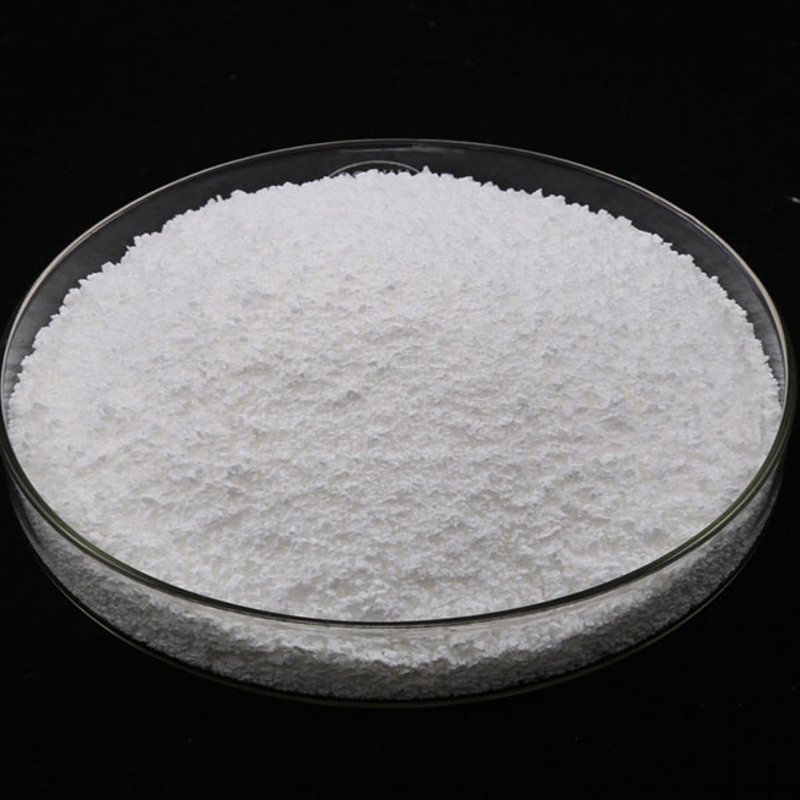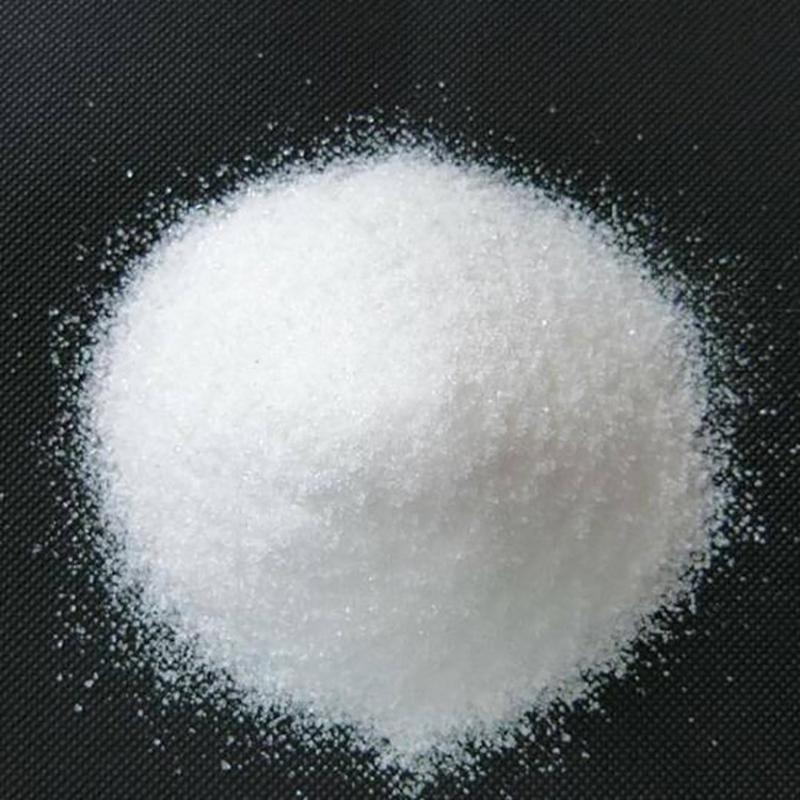-
Categories
-
Pharmaceutical Intermediates
-
Active Pharmaceutical Ingredients
-
Food Additives
- Industrial Coatings
- Agrochemicals
- Dyes and Pigments
- Surfactant
- Flavors and Fragrances
- Chemical Reagents
- Catalyst and Auxiliary
- Natural Products
- Inorganic Chemistry
-
Organic Chemistry
-
Biochemical Engineering
- Analytical Chemistry
- Cosmetic Ingredient
-
Pharmaceutical Intermediates
Promotion
ECHEMI Mall
Wholesale
Weekly Price
Exhibition
News
-
Trade Service
Annual data released by Bloomberg New Energy Finance (BNEF) recently showed that global investment in renewable energy capacity in 2019 was $282.
2 billion, up 1% from $280.
2 billion in 2018, and the world's largest market (China) fell but its second largest market (the United States) set a new record
.
Overall, despite the weak early months of 2019, the rise of onshore wind in the United States, China and Europe, particularly in the second half of the year, led to renewable energy investment
throughout the year.
The late-stage surge in offshore wind financing brought investment in the sector to $29.
9 billion, up 19% from 2018 and $2 billion
more than the record year of 2016.
Tom Harries, head of wind research at BNEF, said: "Chinese mainland offshore wind developers have come up with 15 projects that exceed expectations
.
We expect the industry's global momentum to continue in 2020, with a focus on megawatt-scale projects in the UK North Sea and the first commercial projects
off the East Coast of the United States.
”
Looking at overall renewable energy capacity investment data for 2019, wind energy (both onshore and offshore) led the way with $138.
2 billion, up 6%.
Solar followed with $131.
1 billion, down 3%
year-on-year.
The falling capital cost of wind and solar means that the combined two could add about 180 GW of installed capacity in 2019, an increase of about 20 GW
from 2018.
In other clean energy sources, investment in biomass and waste-to-energy reached $9.
7 billion in 2019, up 9%.
Geothermal projects were just $1 billion, down 56 percent; Biofuels fell 43 percent to $500 million; Small hydro fell 3 percent to $1.
7 billion
.
In terms of countries and regions, China is once again the largest investor in clean energy, reaching US$83.
4 billion in 2019, down 8% year-on-year and the lowest level
since 2013.
Among them, wind investment rose 10% to $55 billion, and solar fell 33% to $25.
7 billion, less than a third
of the size of the most prosperous 2017.
The U.
S.
is the second-largest investor in clean energy capacity at $55.
5 billion, up 28 percent
from 2018.
That played a big role
in the rush for federal tax credits for wind and solar developers to be delisted in 2020.
Ethan Zindler, head of the Americas at BNEF, said: "It is worth noting that in the third year of Trump's presidency, which did not particularly support renewable energy, the US clean energy investment still set a new record
.
The previous highest investment year was in Trump's first year in office, in 2017, reaching $45.
7 billion.
Renewable energy technologies are more cost-competitive
than ever.
”
Annual data released by Bloomberg New Energy Finance (BNEF) recently showed that global investment in renewable energy capacity in 2019 was $282.
2 billion, up 1% from $280.
2 billion in 2018, and the world's largest market (China) fell but its second largest market (the United States) set a new record
.
Overall, despite the weak early months of 2019, the rise of onshore wind in the United States, China and Europe, particularly in the second half of the year, led to renewable energy investment
throughout the year.
The late-stage surge in offshore wind financing brought investment in the sector to $29.
9 billion, up 19% from 2018 and $2 billion
more than the record year of 2016.
Tom Harries, head of wind research at BNEF, said: "Chinese mainland offshore wind developers have come up with 15 projects that exceed expectations
.
We expect the industry's global momentum to continue in 2020, with a focus on megawatt-scale projects in the UK North Sea and the first commercial projects
off the East Coast of the United States.
”
Looking at overall renewable energy capacity investment data for 2019, wind energy (both onshore and offshore) led the way with $138.
2 billion, up 6%.
Solar followed with $131.
1 billion, down 3%
year-on-year.
The falling capital cost of wind and solar means that the combined two could add about 180 GW of installed capacity in 2019, an increase of about 20 GW
from 2018.
In other clean energy sources, investment in biomass and waste-to-energy reached $9.
7 billion in 2019, up 9%.
Geothermal projects were just $1 billion, down 56 percent; Biofuels fell 43 percent to $500 million; Small hydro fell 3 percent to $1.
7 billion
.
In terms of countries and regions, China is once again the largest investor in clean energy, reaching US$83.
4 billion in 2019, down 8% year-on-year and the lowest level
since 2013.
Among them, wind investment rose 10% to $55 billion, and solar fell 33% to $25.
7 billion, less than a third
of the size of the most prosperous 2017.
The U.
S.
is the second-largest investor in clean energy capacity at $55.
5 billion, up 28 percent
from 2018.
That played a big role
in the rush for federal tax credits for wind and solar developers to be delisted in 2020.
Ethan Zindler, head of the Americas at BNEF, said: "It is worth noting that in the third year of Trump's presidency, which did not particularly support renewable energy, the US clean energy investment still set a new record
.
The previous highest investment year was in Trump's first year in office, in 2017, reaching $45.
7 billion.
Renewable energy technologies are more cost-competitive
than ever.
”







